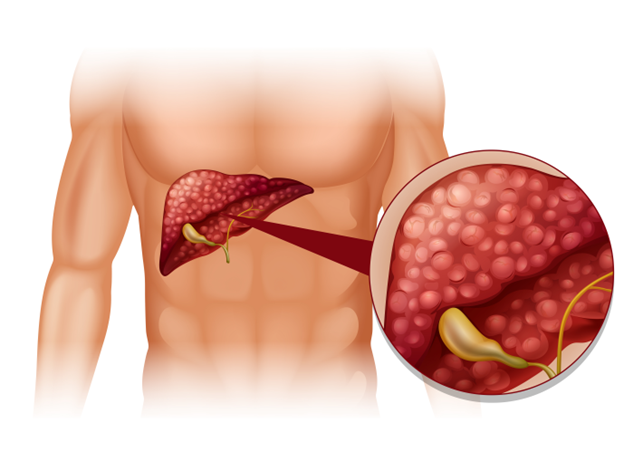Cholangiocarcinoma is a rare and aggressive type of cancer that affects the bile ducts, which carry bile from the liver to the gallbladder and small intestine. Though it is less common than other types of cancer, understanding its symptoms, risk factors, and available treatments is crucial for early diagnosis and improving outcomes.
What is Cholangiocarcinoma?
Cholangiocarcinoma is a cancer that originates in the bile ducts. The bile ducts are responsible for transporting bile, a fluid that helps digest fats, from the liver to the gallbladder and intestines. Cholangiocarcinoma can occur anywhere in the bile ducts, and depending on the location, it may be referred to as intrahepatic (inside the liver), perihilar (near the liver), or distal (near the small intestine).
Symptoms of Cholangiocarcinoma
Symptoms of cholangiocarcinoma often do not appear until the cancer has reached an advanced stage. Common symptoms may include:
- Jaundice: Yellowing of the skin and eyes, a sign that bile is not draining properly due to blocked bile ducts.
- Abdominal Pain: Pain or discomfort, particularly in the upper right side of the abdomen, can be an indication of a bile duct obstruction.
- Weight Loss: Unexplained weight loss is common in many cancers, including cholangiocarcinoma.
- Fatigue: Persistent tiredness and weakness.
- Itching: Pruritus, or itching, can occur due to the accumulation of bile salts in the skin.
- Dark Urine and Pale Stools: Due to the blockage of bile ducts, there can be changes in the color of urine and stools.
Risk Factors for Cholangiocarcinoma
Certain factors may increase the risk of developing cholangiocarcinoma, including:
- Chronic Liver Disease: Conditions like cirrhosis or hepatitis B and C increase the risk.
- Primary Sclerosing Cholangitis (PSC): A condition that causes inflammation and scarring of the bile ducts.
- Gallstones: Long-term presence of gallstones can contribute to the development of cholangiocarcinoma.
- Age and Gender: Cholangiocarcinoma is more commonly diagnosed in individuals over 50 and is slightly more prevalent in men.
- Family History: A family history of bile duct cancer or liver disease increases the risk.
Treatment Options for Cholangiocarcinoma
The treatment for cholangiocarcinoma depends on the stage of the cancer, the location of the tumor, and the patient’s overall health. Common treatments include:
- Surgery: If the tumor is located in an accessible area and the cancer has not spread, surgery may be performed to remove the tumor and affected bile ducts.
- Liver Transplantation: In some cases, particularly when the tumor is located in the liver, a liver transplant may be considered.
- Chemotherapy: Chemotherapy may be used to shrink the tumor, either before surgery or if surgery is not an option.
- Radiation Therapy: Radiation may be used to target cancer cells, often in conjunction with chemotherapy or surgery.
- Targeted Therapy: Drugs that specifically target cancer cells may be used, especially for advanced or metastatic cholangiocarcinoma.
Conclusion
Cholangiocarcinoma is a rare but serious cancer that affects the bile ducts. Recognizing its symptoms early and seeking prompt medical care are essential for improving outcomes. Treatment options may vary depending on the stage and location of the cancer, and ongoing research is helping to identify more effective therapies. If you or a loved one is at risk, speak to a healthcare provider about early detection and prevention strategies.
Consult us today for expert guidance!
